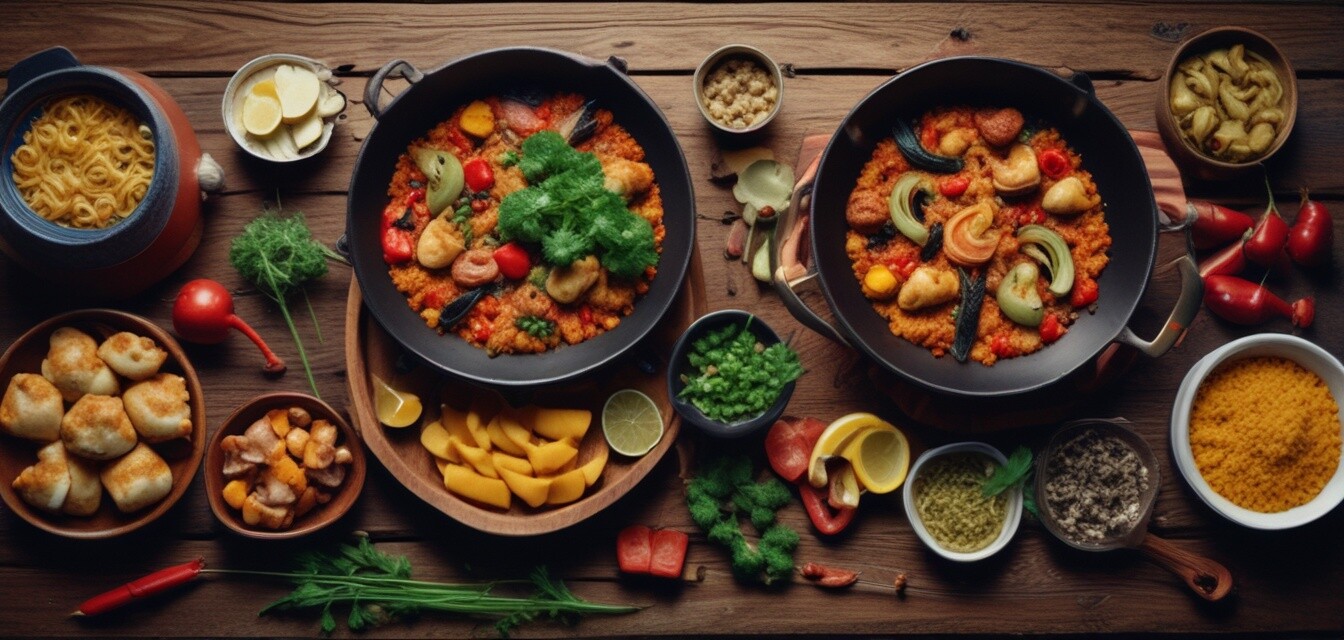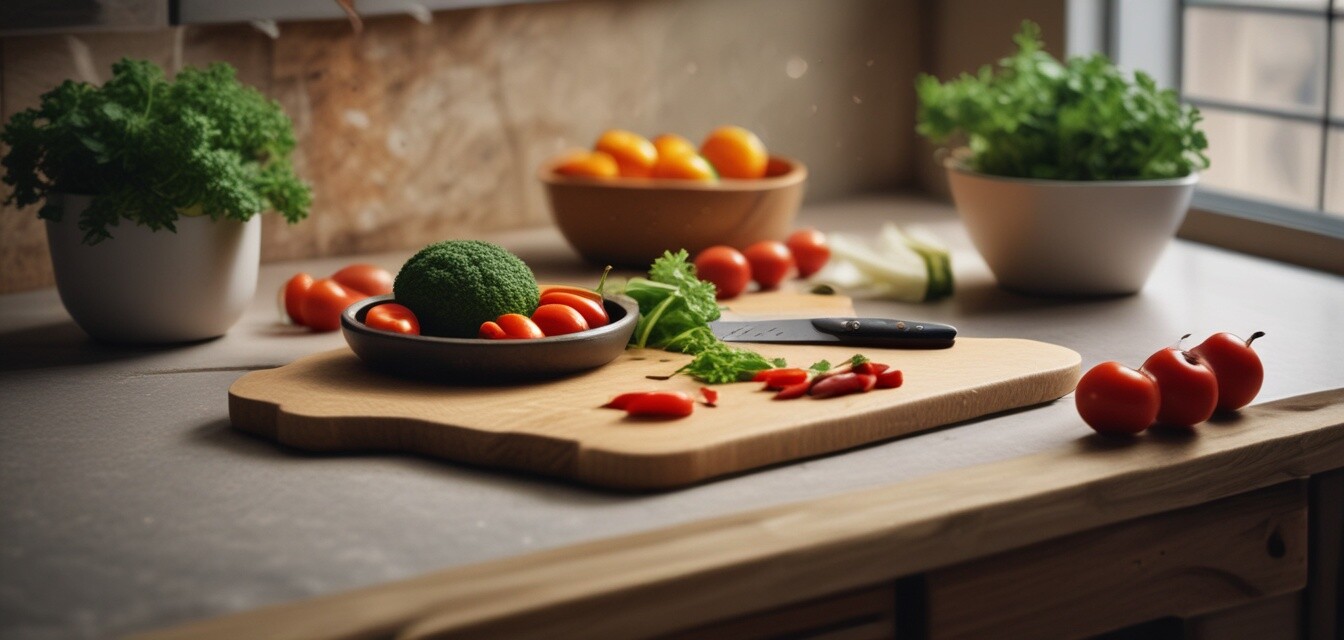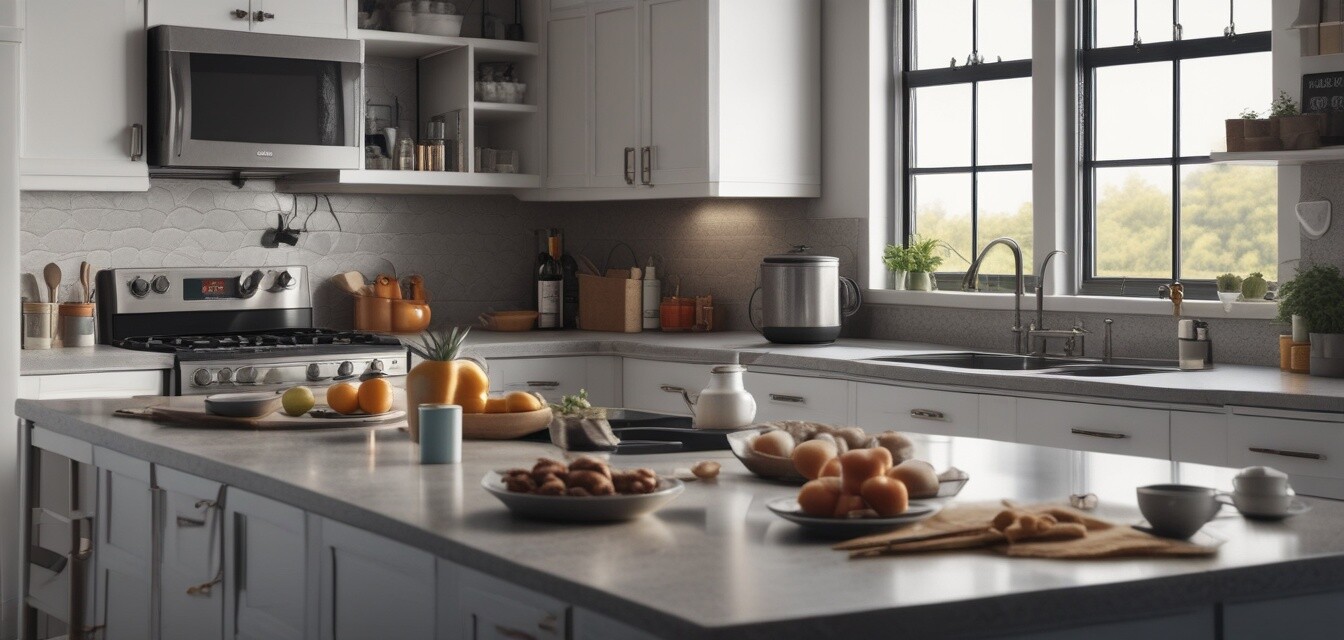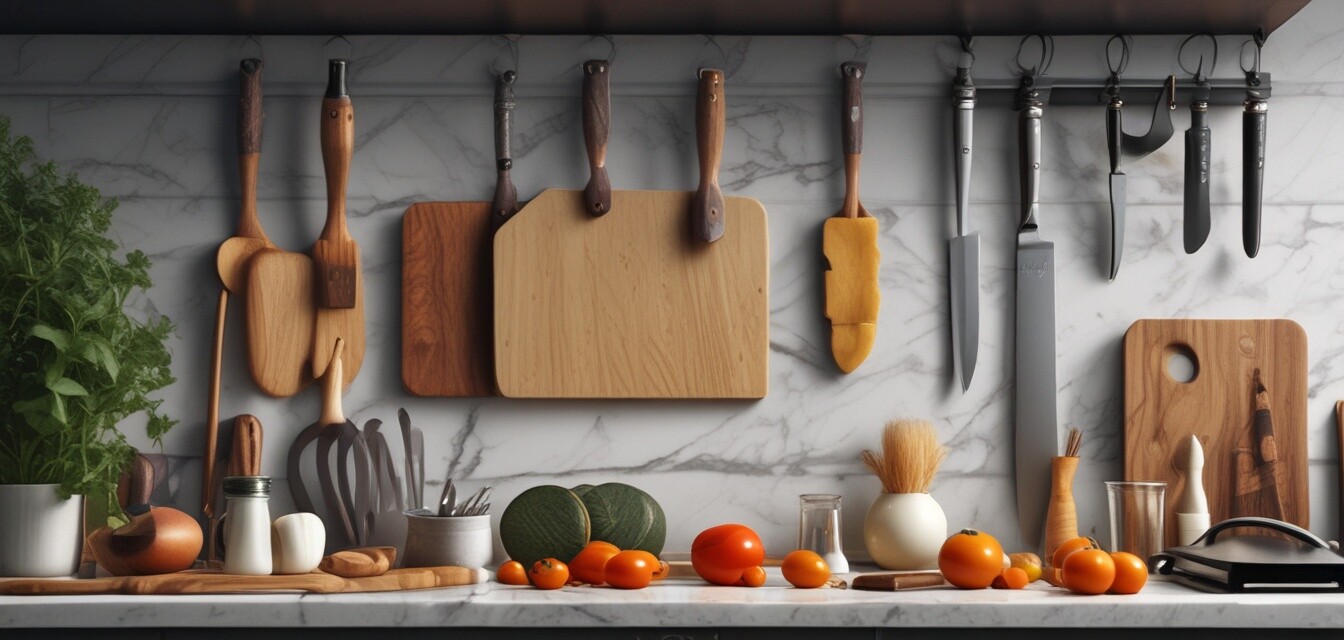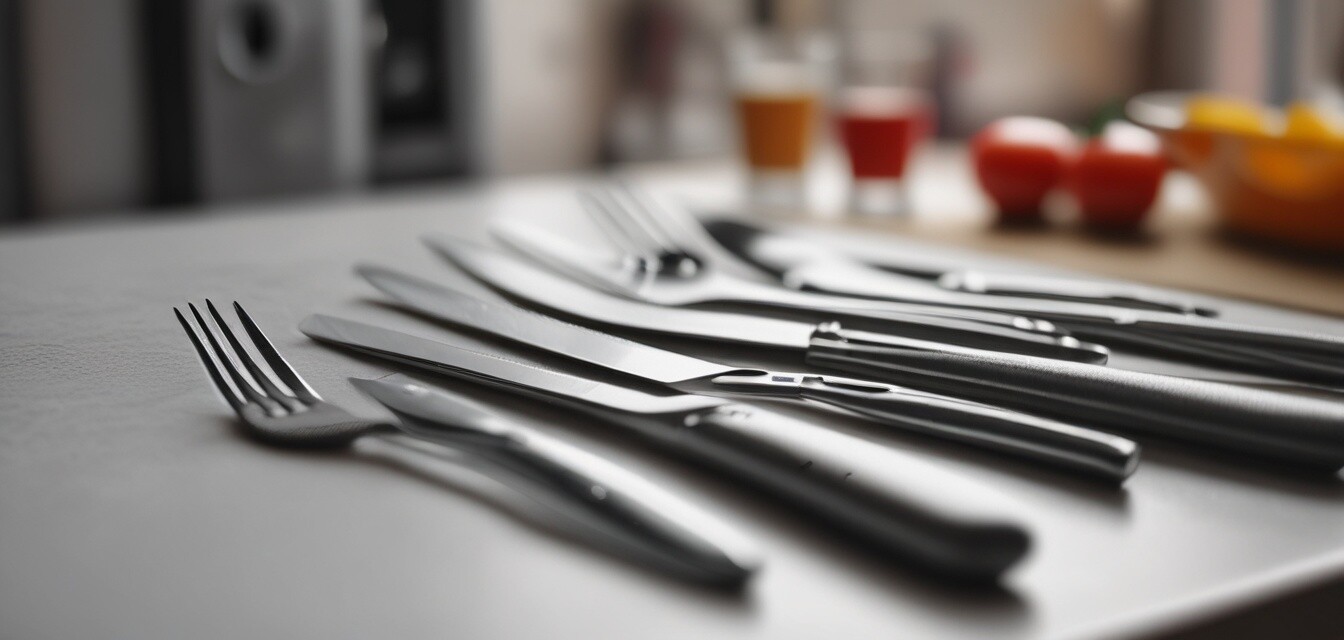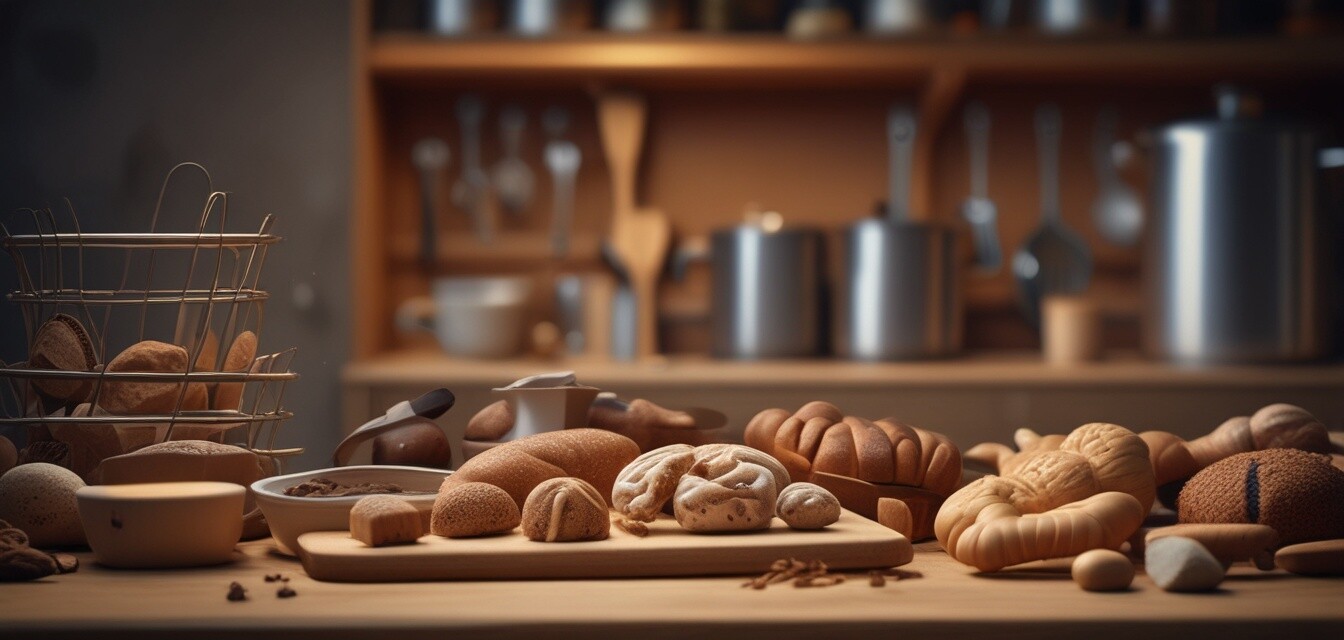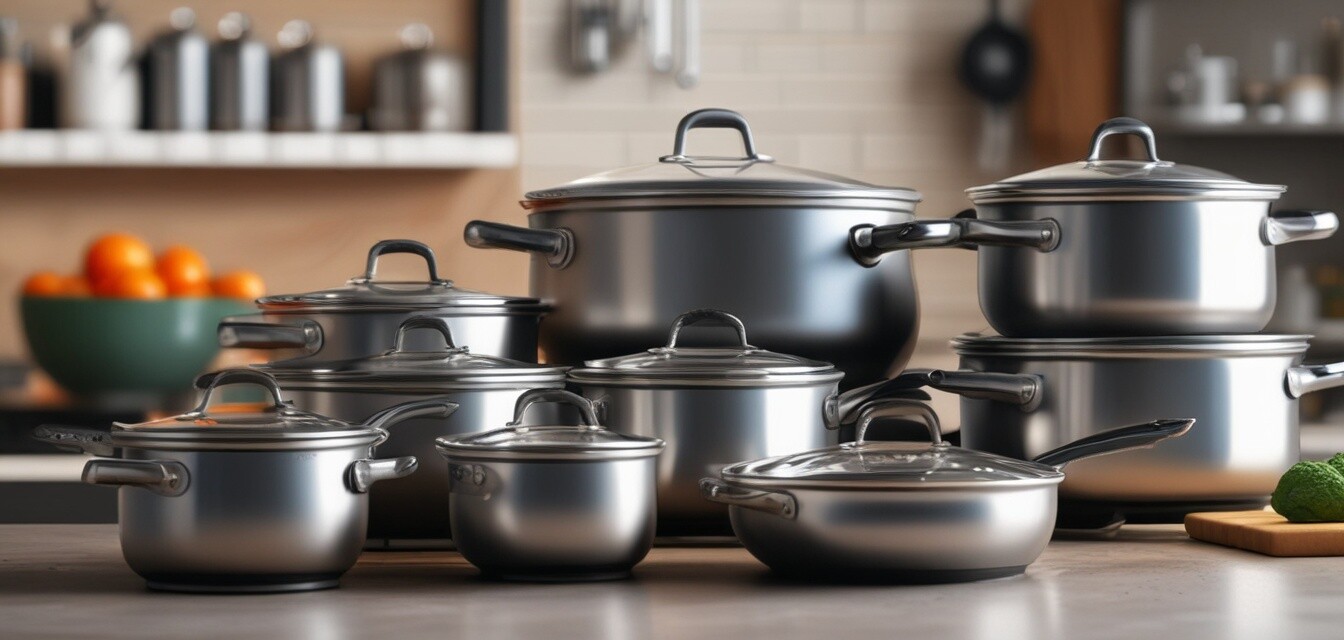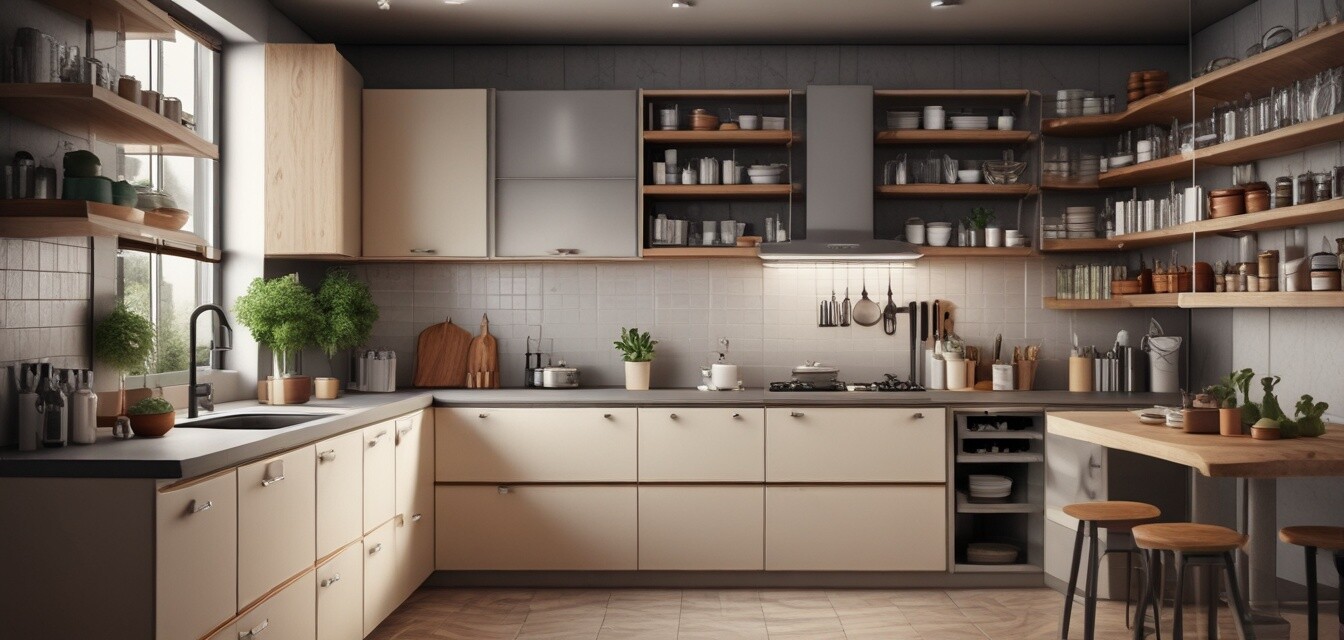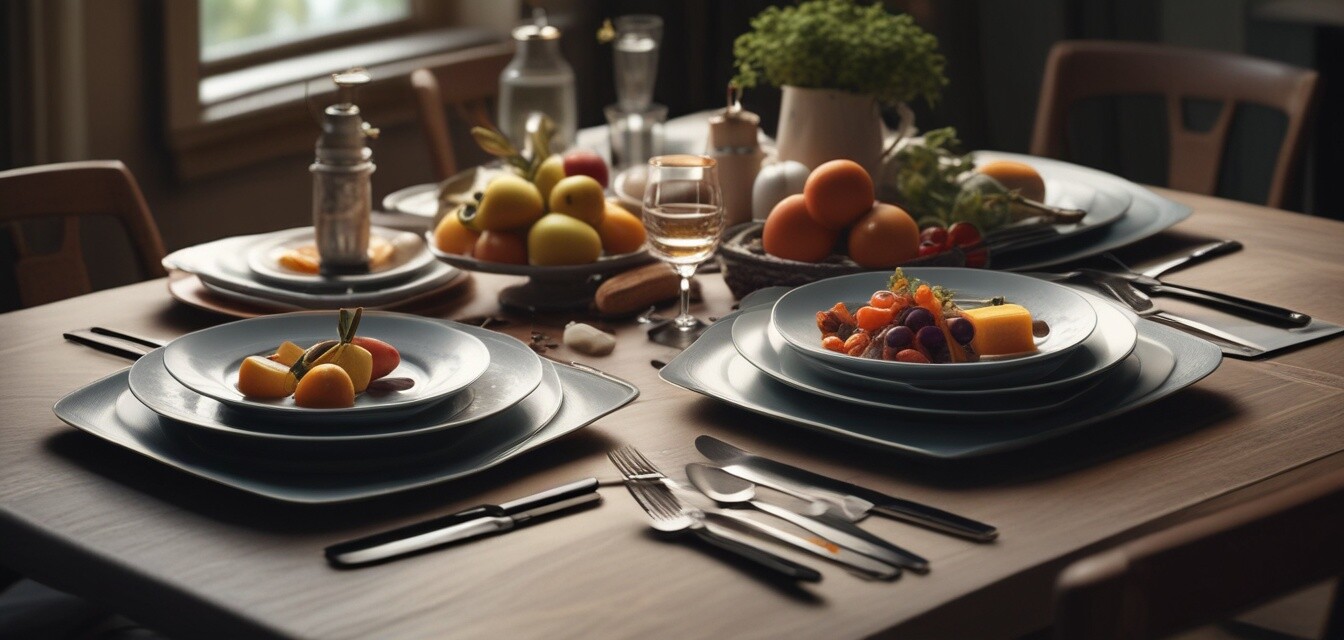
Tableware and Utensils
Key Takeaways
- Understanding different types of tableware enhances the dining experience.
- Choosing the right utensils is essential for convenience and style.
- Quality tableware can elevate everyday meals and special occasions.
- There are various materials available for both tableware and utensils.
- Mixing and matching styles can create a unique dining atmosphere.
When it comes to serving and dining, tableware and utensils play a crucial role. They not only provide functionality but also bring aesthetics to your dining experience. Exploring the different options available can help you create the perfect setting for any occasion, whether it's a casual meal or a lavish dinner party. In this article, we'll delve into the vast world of tableware and utensils, discussing their types, materials, and tips for selection.
Types of Tableware
| Type | Description |
|---|---|
| Plates | Used for serving food, available in various sizes and designs. |
| Bowls | Ideal for soups, cereals, and salads, offering deep or shallow options. |
| Cups and Mugs | Used for hot and cold beverages, often designed for comfort and style. |
| Cutlery | Includes knives, forks, and spoons, essential for eating various dishes. |
| Serving Dishes | Large dishes used for sharing meals, available in platters and bowls. |
Materials Used in Tableware
Tableware is made from various materials, each offering its unique benefits:
- Porcelain: Durable and elegant, ideal for formal settings.
- Stoneware: Sturdy and versatile, perfect for everyday use.
- Glass: Offers a modern aesthetic, easy to clean and maintain.
- Melamine: Lightweight and unbreakable, great for outdoor dining.
- Wood: Adds a rustic look, commonly used for unique serving dishes.
Essential Utensils for Every Table Setting
Besides tableware, the right utensils are crucial for a pleasant dining experience. Here’s a list of essential utensils you should have:
- Forks
- Spoons
- Knives
- Serving Utensils (spatulas, ladles)
- Salad Tongs
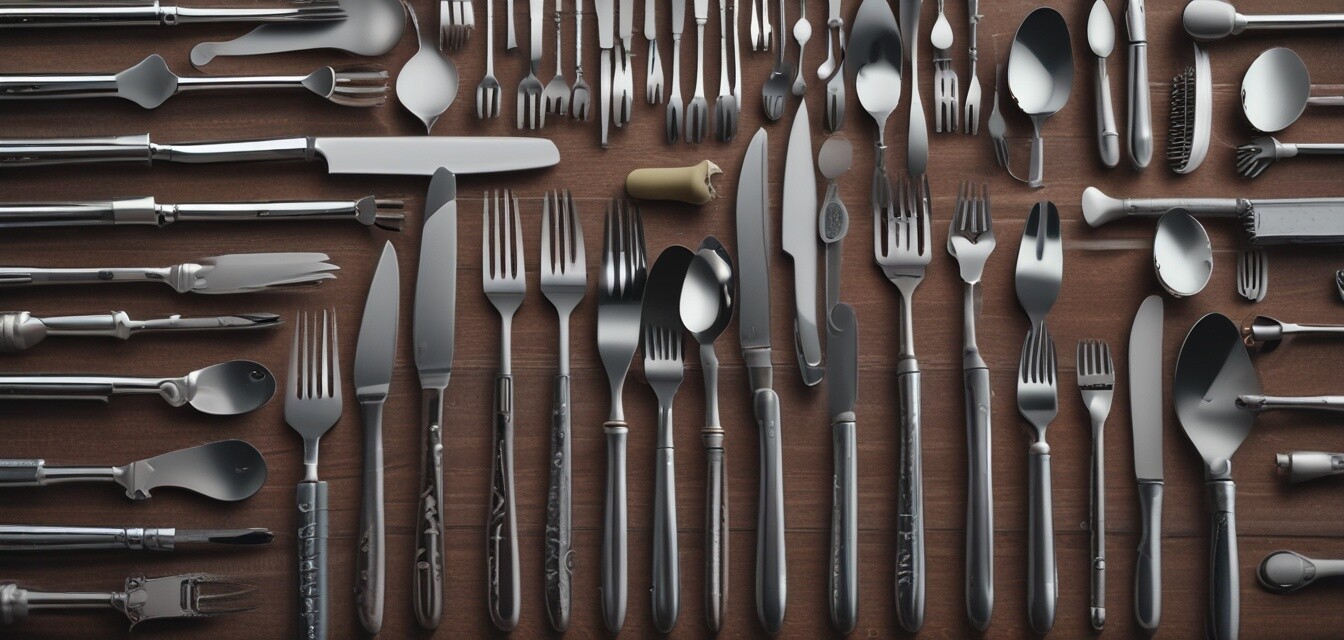
Choosing the Right Tableware and Utensils
When selecting tableware and utensils, consider the following:
Tips for Beginners
- Start with a basic set of tableware that's versatile for different occasions.
- Mix materials for a unique aesthetic.
- Choose utensils that are comfortable to use and easy to clean.
- Consider the size of your dining space when selecting serving dishes.
- Pay attention to the design and colors that complement your home decor.
Mixing and Matching Tableware
Don’t feel confined to a single style or color. Mixing and matching can make your table setting more personable and unique. Here are some ideas:
- Pair floral-patterned plates with solid-colored utensils.
- Use rustic wooden serving boards with elegant porcelain dishware.
- Combine casual and formal elements for a balanced look.
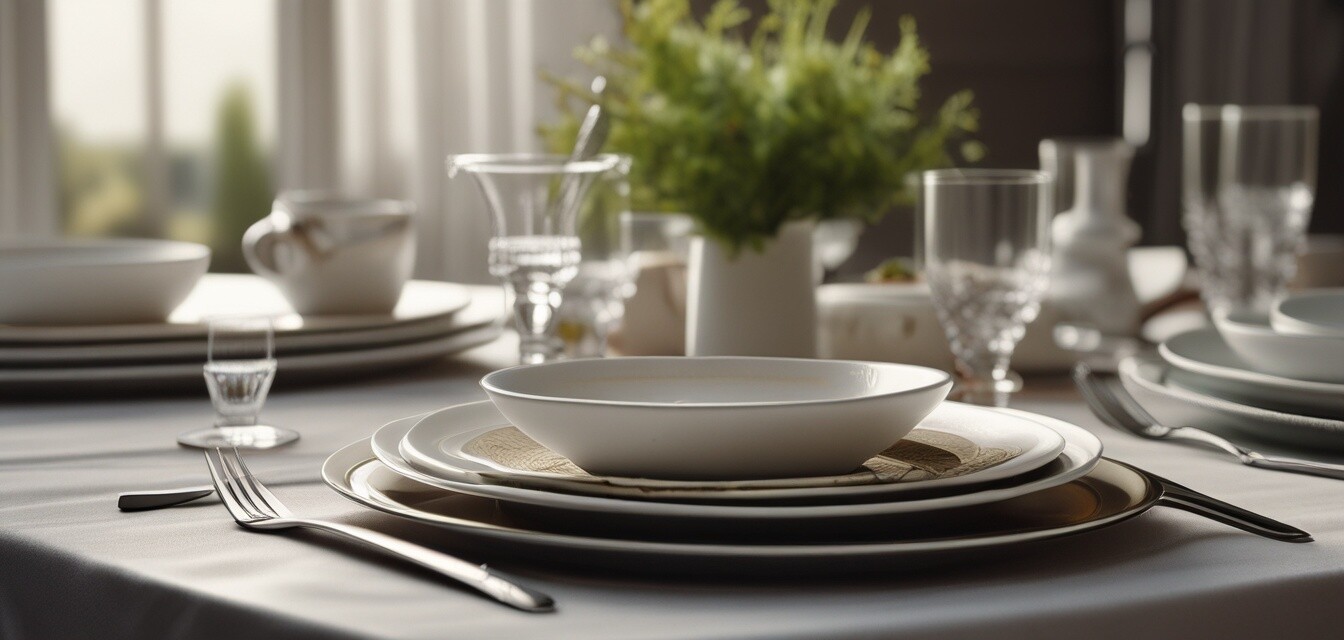
Care and Maintenance of Tableware and Utensils
To ensure your tableware and utensils last, proper care and maintenance are vital:
- Always check the manufacturer's cleaning recommendations.
- Use gentle detergents for cleaning delicate materials.
- Store items carefully to avoid chips and scratches.
- Regularly inspect for wear and tear to ensure safety during use.
Conclusion
Tableware and utensils are essential components of any dining experience. By understanding the various types and materials available, you can create a beautiful and functional dining setup. Whether you prefer classic elegance or modern aesthetics, selecting the right pieces will undoubtedly enhance your meals, making them more enjoyable.
Pros
- Enhances dining experience and aesthetics.
- Wide variety of styles and materials available.
- Ability to customize settings for any occasion.
Cons
- High-quality tableware can be expensive.
- Requires proper care to maintain condition.
- Overwhelming choices can complicate selection.
